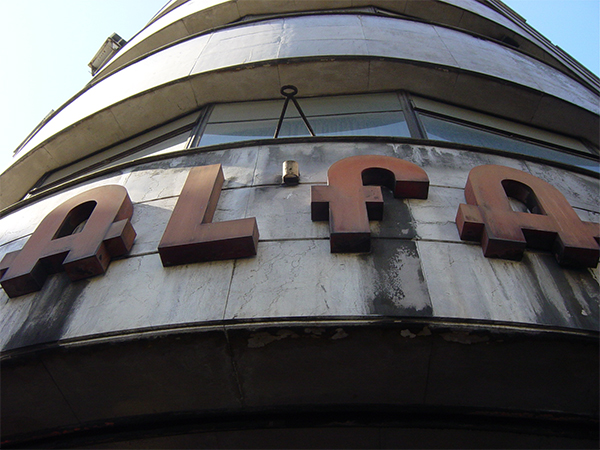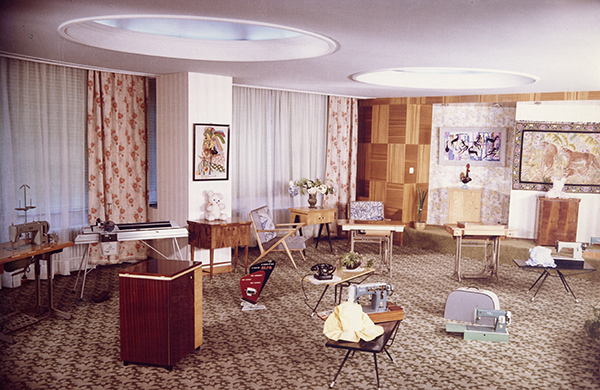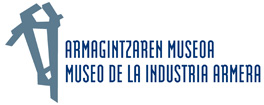
1925-1961

Throughout its almost 100-year-long existence, a huge number and variety of products have been despatched from Alfa's premises, from firearms to monumental sculptures. Even so, it is still best known for what was its star product: the sewing machine. It may therefore come as a surprise to learn that, when the company was created in 1920, nothing could have been further from the minds of its founders.

The "Sociedad Anónima Cooperativa Mercantil y de Producción de Armas de Fuego Alfa" was set up on the 28th of October 1920, and it was equipped to manufacture revolvers. The founding partners had learned their trade in Orbea Hermanos, one of the largest factories in Eibar, and they decided to join forces in a new company to produce revolvers. They soon succeeded in making sizeable profits and securing a considerable share of the market. The founders were JoaquÂín TellerÂía (who, in addition, was named the first president), Eusebio Alustiza, Benito del Barrio, Florencio Alonso, Telesforo Ocamica, José Barrutia and Diego Osa, and as a business model they settled on the cooperative system, becoming the first of its kind in the Basque Country.

The switch to sewing machines came later, in 1925, as a means to overcome the recession in the arms sector: the workers used the skills and know-how they had acquired in arms manufacturing to create new products, looking to ensure the survival of the company through diversifying production. The move paid off, and in 1932 the company was renamed "Sociedad Anónima Cooperativa Alfa", giving up firearms production once and for all.
At first the company did not possess their own premises, and the members of the cooperative rented a workshop in Bista Eder St. Before long, however, the success of the new company enabled them to move to a new location in San Andrés St. They occupied a site which, over the years, grew to a total of eleven pavilions and a surface area of 18,959.12 m2, 3,384 m2 of which was land that had been created by covering up the River Ego.
.jpg)
The first building to appear on the site was constructed in 1929 by the architect Augusto Aguirre. He used a distinctively industrial design, with a three-storey reinforced concrete structure, large windows and an open plan interior. These first ambitiously designed installations were severely damaged during the civil war, and to make matters worse, the company machinery was taken away to different locations. Alfa had to refound itself after the conflict, and in the decade of the 40s the cooperative enjoyed a period of growth which led to the expansion of their premises: by 1943 the building had undergone significant reforms, with the addition of a further three floors and an annex.

In 1951 a new foundry building was added, and only four years later it had to be enlarged. At about the same time the office block was built, inaugurated in 1957. To sum up, expansion of the plant was determined by the firm's specific needs at any given time, and new spaces or pavilions were tagged on piecemeal, which was common practice in Eibar. It eventually grew into a building of spectacular dimensions, "The Heart of Eibar", and for decades the factory siren dictated the pace of life in the town.
.jpg)
Today, the factory has disappeared, apparently without leaving a trace, neither in the architecture nor in the town planning of the area. Nevertheless, Ego-gain Street still reminds us of the industrial town that was built on the very land that conceals the River Ego from view. The changes in Eibar were a reflection of the changes in the factories as they left firearm production and, like Alfa, turned to consumer goods. The void that the disappearance of Alfa's immense industrial building has left behind reminds us of the town that is no longer. It is up to us to preserve that memory.

 Anemona Studioa, 2015, Eibar www.anemonastudioa.com
Anemona Studioa, 2015, Eibar www.anemonastudioa.com Ondartez www.ondartez.com
Ondartez www.ondartez.com

